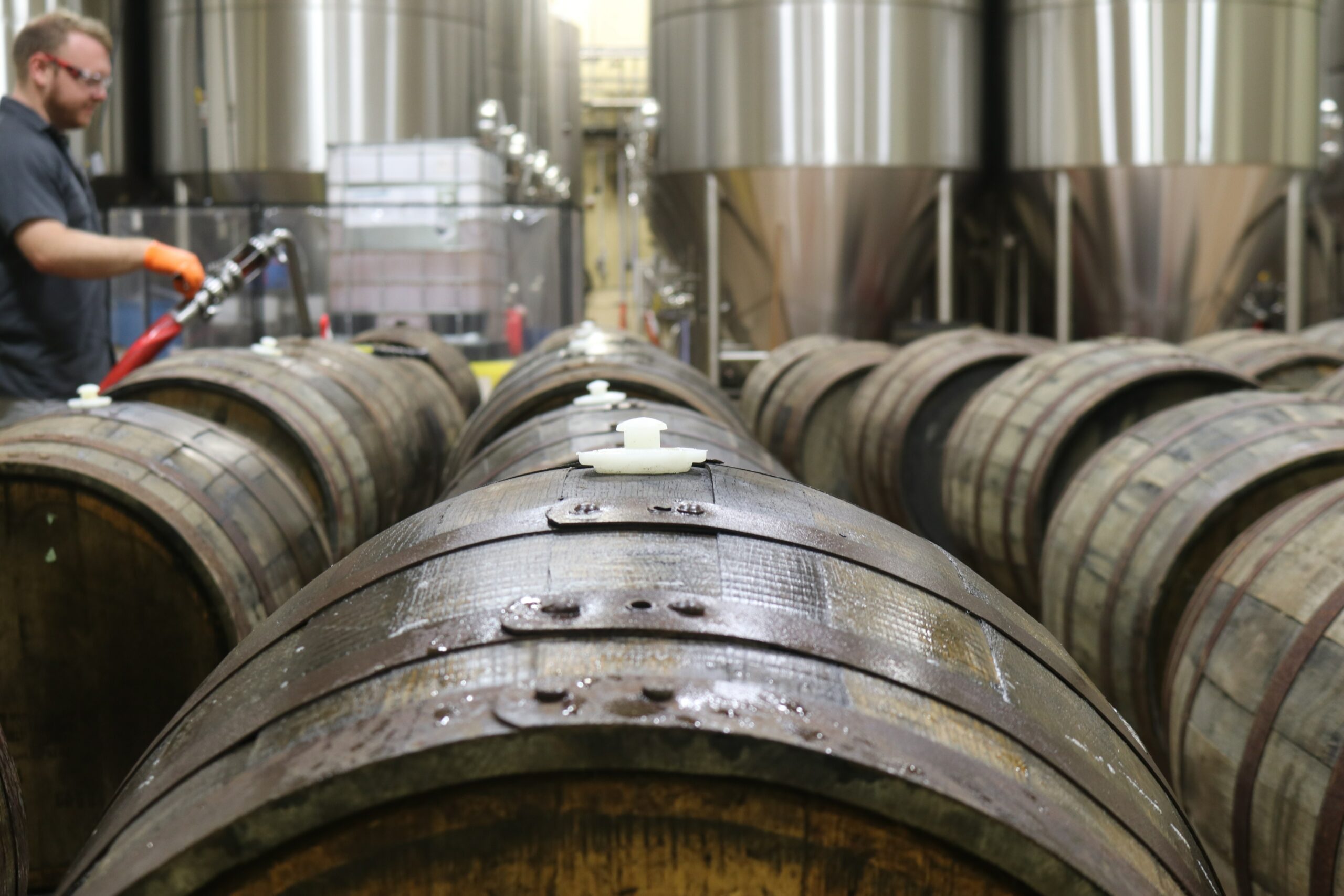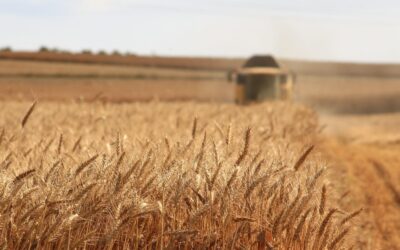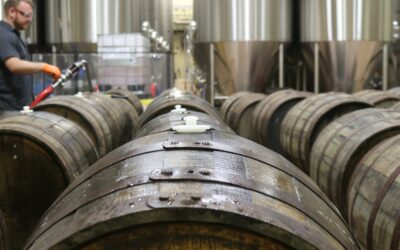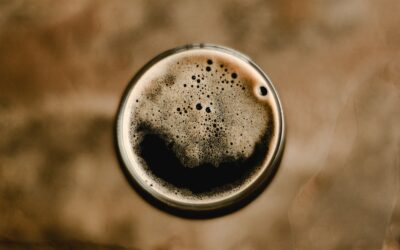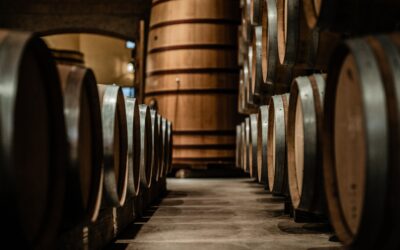The masters of yeast in beer are the Belgians. As well as lambics, two other clusters of beer styles owe some or all of their uniqueness to the deployment of slower yeast, and other forms of microorganism in their creation – Saisons and Oak-Aged beers. The link to Belgium is historic. The more scientific link between them is the different way in which their fermentation and conditioning involve, at some point, bugs other than saccharomyces yeast.
Naturally occurring, so-called ‘wild’ yeast are found everywhere. They are carried on the wind, and stick to surfaces. Traditionally made wines and ciders were fermented by wild yeast, caught in the skin of the fruit. Working inside an oak cask, alongside bacteria such as lactobacilli and pediococci, the flavours they create are variously sharp, tart, musty, tangy, rustic and indefinably ‘vintage’.
Up until the latter half of the 19th century, these sorts of flavours featured routinely in stronger beers. During the next hundred years, driven in part by the arrival of cheap sugar from colonised lands in the tropics, public tastes changed, to preferring sweet over sharp. Only the very best survived.
The “sour” and “wild” beers that have been trending in recent years are inspired by these older styles, though by and large their production methods are faster, leading to cruder flavours.
Saisons
Some of the earliest commercial breweries operated at farms on or near which barley was grown. Adding a maltings and a brewery to a farm made sound sense economically, not just for adding value to the crop but also for providing winter employment agricultural labourers.
Oak-aged ales
The practice of ageing brown ales in oak casks has likely been around since soon after the introduction of hops to brewing, many centuries ago. Before hops were introduced, ale would soon oxidise to become malt vinegar. Adding hops allowed brewers to preserve beers longer, a crucial step in making them tradable commodities.

